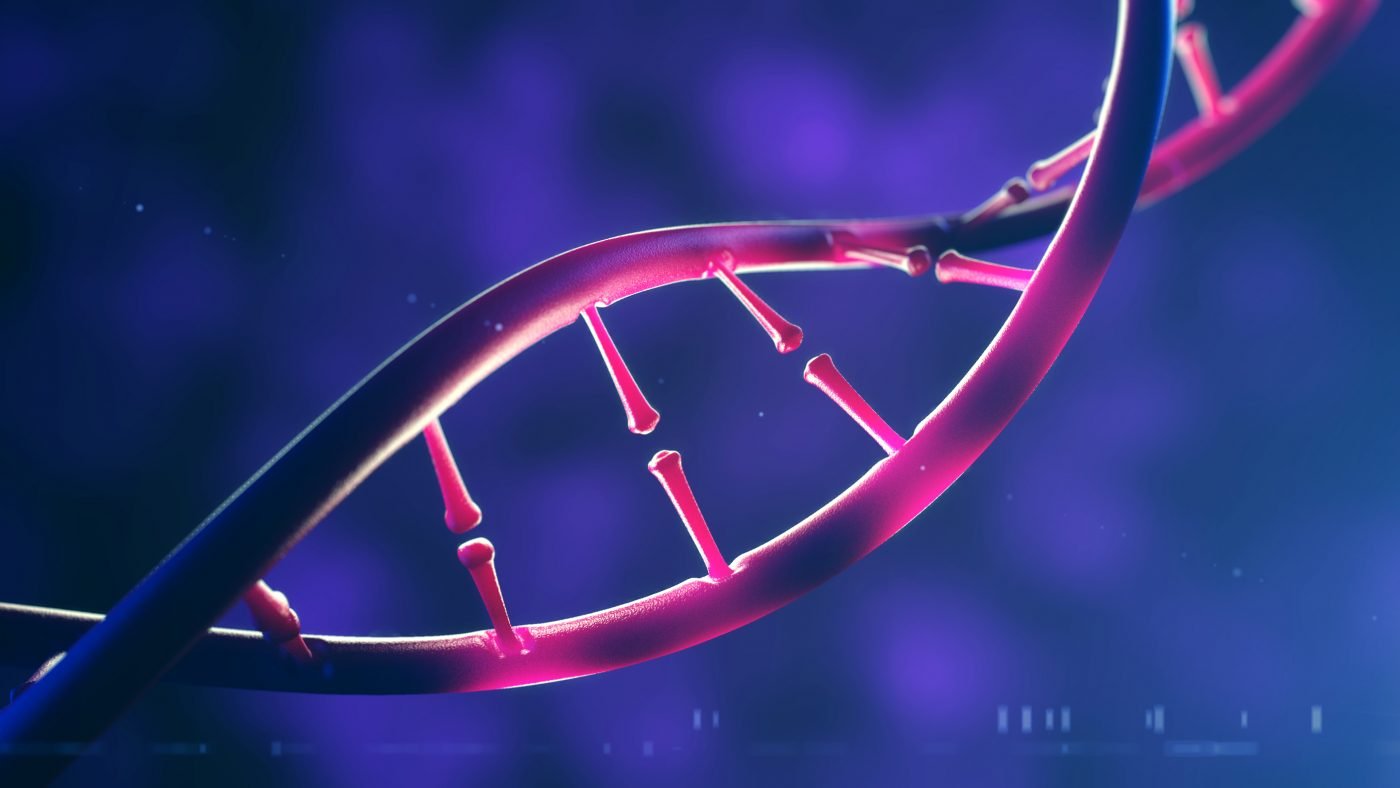Small Molecule Seen to Reverse Huntington’s Repeat CAG Mutation

A DNA-binding compound can reverse the repeat expansion mutation that is associated with Huntington’s disease, an early study reported.
This newly developed small molecule was also seen to reduce disease-causing protein aggregates in nerve cells within the brains of mice in a disease model, and without unwanted side effects.
These findings suggest that the compound, called naphthyridine-azaquinolone (NA), might treat Huntington’s when applied to cells or tissues with repeat expansions, blocking the expansions and triggering a drop in mutant gene repeats.
The study, “A slipped-CAG DNA-binding small molecule induces trinucleotide-repeat contractions in vivo,” was published in the journal Nature Genetics.
Huntington’s disease is caused by the expansion of a repeated series of three DNA building blocks (nucleotides), CAG, in the huntingtin gene (HTT). Healthy people normally have between 10 and 35 CAG repeats, but those with Huntington’s may have 36 to 120 repeats, with longer regions tied to early onset.
Research suggests that the extended CAG repeats can be caused by the development and aberrant repair of so-called slipped-DNA structures formed by the repeats.
In slipped-DNA, two CAG repeat segments that are normally close to each other on one DNA strand can be mismatched with the wrong CAG on the second DNA strand, causing a loop to form. The repair and replication of the slipped-DNA loop can introduce a new CAG, creating the repeat expansion that leads to disease.
Finding a way to stop or reverse the slipped-DNA expansion process may be a potential therapeutic approach for Huntington’s.
Scientists with the Hospital for Sick Children (SickKids) in Canada, along with research teams from Osaka University in Japan, developed a small molecule called naphthyridine-azaquinolone (NA) that specifically binds slipped-CAG DNA loops. They then conducted a series of experiments to measure the effects of NA on CAG expansion.
Using DNA strands with multiple CAG repeats to mimic a mutated gene, NA was found to bind tightly and selectively to the CAG repeats, specifically blocking the expansion-inducing repair of slipped-DNA.
In cells derived from Huntington’s patients, NA was found to reduce the number of CAG repeats (contraction). Exposing these cells to DNA strands containing 43 CAG repeats, a mutation length common in most Huntington’s patients, also significantly reduced the number of CAG repeats to 20, below the Huntington’s threshold of 35 repeats.
As neurodegeneration often caused by CAG expansion occurring in the brain region known as the striatum, NA was injected directly into the left striatum of mice specially bred to carry a mutated HTT gene, which begins to show CAG expansions in a few weeks. In the right striatum, a control region, a saline was used.
Without treatment, the CAG repeat lengths in both halves of the brain were the same. With NA treatment, lesser CAG expansion was seen in the left striatum compared to the right striatum. Specifically, this reduction in repeats was shown in cells known as medium spiny neurons that make up 95% of neurons in the striatum.
The expanded CAG repeats cause the mutated huntingtin protein (mHTT) to form aggregates in neurons, which is also used as a biomarker for Huntington’s disease severity. The level of aggregates in NA-treated left striata were significantly lower compared to controls, and there was a decrease in the number of medium spiny neurons producing these aggregates.
Additional experiments found that NA does not affect normal DNA replication, does not alter brain structure, and does not induce cell death or cell growth. Importantly, NA did not show off-target effects elsewhere in the DNA that may lead to unwanted side effects.
“These attributes of NA … make it a first-in-class example showing the potential of small-molecule DNA-binding compounds to impact somatic [cells of the body] CAG-repeat instability, which can now be applied to any unstable repeat,” the researchers wrote.
“Administration of such small molecules, once optimized for therapy, to human brains might effectively target the root cause of repeat expansion diseases and address downstream deleterious effects,” they added.
“This is the first evidence for a small molecule that can induce contractions of disease-causing expansions in vivo [within a living organism] in an affected brain region,” Masayuki Nakamori, MD, PhD, of Osaka University and the study’s first author, said in a press release.
Study lead Christopher E. Pearson, PhD, a senior scientist at SickKids, added, “We found that targeting the unusual slipped-DNA structures, which are critical to ongoing mutations in patient tissues, allowed us to reverse the size of repeat expansion mutations.”
“Since longer expansions over time are directly associated with more severe disease, our findings offer hope for the ability to delay the onset of Huntington’s and slow its progression.”






